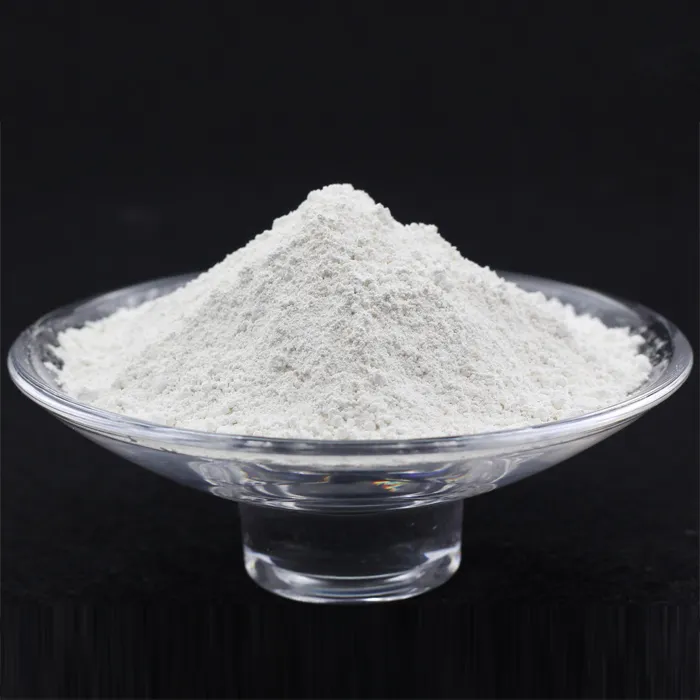Exploring the Role of Plastic Additives in Modern Manufacturing
Plastic has become an integral part of our daily lives, utilized in everything from packaging and automotive parts to consumer goods and construction materials. The versatility and widespread use of plastics are greatly enhanced by the incorporation of various additives. These plastic additives play a crucial role in modifying the properties of base polymers, allowing for improved performance, durability, and functionality.
What Are Plastic Additives?
Plastic additives are substances added to plastics to enhance their physical and mechanical properties. They can significantly influence the performance of the final product, addressing specific requirements such as flexibility, strength, stability, and appearance. Common types of plastic additives include plasticizers, stabilizers, antioxidants, flame retardants, fillers, and colorants. Each of these additives serves a distinct purpose in addressing the complexities of different applications.
Types of Plastic Additives and Their Uses
1. Plasticizers These additives are used to increase the flexibility and workability of polyvinyl chloride (PVC) and other polymers. By lowering the glass transition temperature, plasticizers improve the material’s ease of processing and its end-use properties, making it pliable and soft.
2. Stabilizers Stabilizers are crucial for enhancing the longevity and performance of plastics. They protect the polymer from degradation caused by heat, light, and oxidation. UV stabilizers, for example, are essential for outdoor applications, preventing discoloration and loss of mechanical properties due to sunlight exposure.
3. Antioxidants These additives help prevent oxidative degradation during processing and throughout the life of the product. By inhibiting the formation of free radicals, antioxidants enhance the stability of the polymer, particularly for materials exposed to heat and oxygen during manufacture and usage.
4. Flame Retardants Safety is paramount in many applications, particularly in construction and electronics. Flame retardants are additives that reduce the flammability of plastics, thus minimizing the risk of fire. They function by either releasing water vapor upon heating or forming a protective char layer that slows down combustion.
plastic additives

5. Fillers Fillers are inorganic or organic materials added to plastics to improve mechanical properties, reduce cost, and enhance certain characteristics such as opacity or thermal resistance. Common fillers include talc, calcium carbonate, and glass fibers, which can significantly enhance the strength and stiffness of the base polymer.
6. Colorants Colorants, such as dyes and pigments, are used to impart colors to plastic products, enhancing their visual appeal. Aside from aesthetics, colorants can also provide additional benefits, such as heat resistance or UV protection.
The Importance of Additive Selection
The selection of appropriate additives is vital for achieving the desired performance of plastic products. The market offers a plethora of options, and manufacturers must consider factors such as compatibility, regulatory compliance, and environmental impact when choosing additives. Additionally, the combination of different additives can lead to synergies, optimizing the performance of the final product.
Environmental Considerations
Increasing awareness of environmental issues has prompted a shift in the plastics industry toward greener alternatives. As a result, the development of biodegradable additives and recyclable plastic components has gained momentum. Manufacturers are increasingly looking for plastic additives that minimize environmental impact, reduce waste, and promote sustainability, driving innovation in the formulation of new materials.
Conclusion
Plastic additives are essential components in the production of high-quality plastic products. They enhance functionality and performance while catering to diverse market demands. As the industry evolves, the focus on sustainability and eco-friendly practices will likely lead to the development of new generations of additives that align with global environmental standards. Understanding the role and potential of plastic additives is crucial for manufacturers looking to innovate and create the next wave of advanced polymer products that meet the challenges of today and tomorrow.

